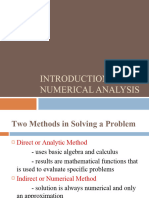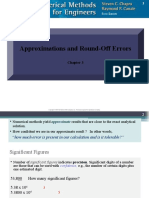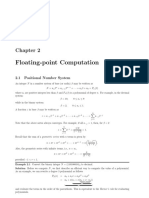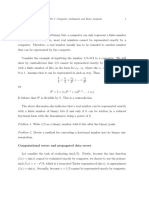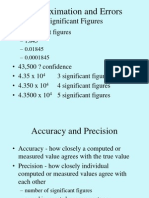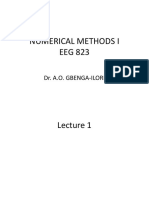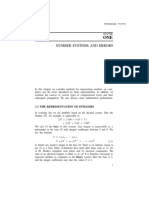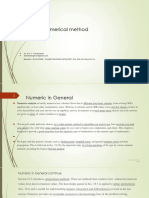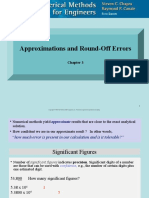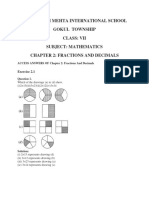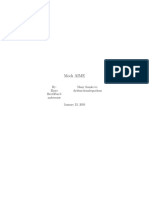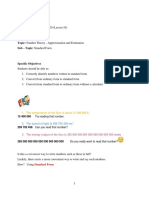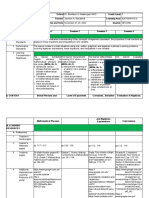0% found this document useful (0 votes)
13 views7 pagesErrors and Computer Arithmetic
Year 1 computing!
Basic basic stuff.
Uploaded by
epsilon245779Copyright
© © All Rights Reserved
We take content rights seriously. If you suspect this is your content, claim it here.
Available Formats
Download as PDF, TXT or read online on Scribd
0% found this document useful (0 votes)
13 views7 pagesErrors and Computer Arithmetic
Year 1 computing!
Basic basic stuff.
Uploaded by
epsilon245779Copyright
© © All Rights Reserved
We take content rights seriously. If you suspect this is your content, claim it here.
Available Formats
Download as PDF, TXT or read online on Scribd
/ 7














